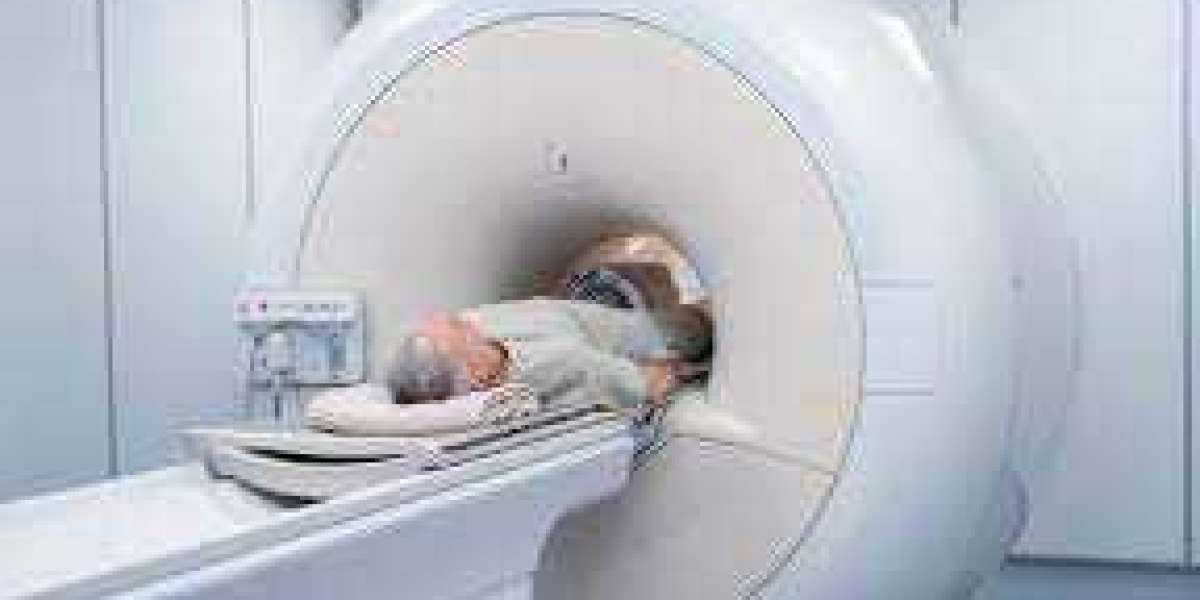DTPA (Diethylenetriaminepentaacetic acid) scan is a nuclear medicine imaging technique used to assess renal function and detect any abnormalities in the kidneys. It provides valuable information about the structure and function of the kidneys, helping healthcare professionals diagnose various renal conditions and plan appropriate treatment strategies.
How DTPA Scan Works:
During a dtpa scan , a small amount of radioactive tracer substance, usually technetium-99m DTPA, is injected into the patient's bloodstream. This tracer is quickly taken up by the kidneys and excreted into the urine. As the tracer moves through the kidneys, a gamma camera detects the radiation emitted by the tracer and creates images of the kidneys in real-time.
Indications for DTPA Scan:
Renal Function Assessment: DTPA scan is commonly used to evaluate renal function, including glomerular filtration rate (GFR), renal blood flow, and tubular function. It helps determine how well the kidneys are filtering waste products from the blood and producing urine.
Kidney Function Monitoring: DTPA scan can be used to monitor changes in renal function over time, allowing healthcare providers to track the progression of kidney disease and assess the effectiveness of treatment.
Detection of Renal Abnormalities: DTPA scan can detect various renal abnormalities, such as renal artery stenosis, kidney cysts, tumors, and obstruction of the urinary tract. It helps identify the underlying cause of symptoms such as flank pain, hematuria (blood in the urine), and renal dysfunction.
Advantages of DTPA Scan:
Non-Invasive: DTPA scan is a non-invasive procedure that does not require any surgical incisions or instrumentation. It is generally well-tolerated by patients and does not cause significant discomfort.
High Sensitivity and Specificity: DTPA scan has high sensitivity and specificity for detecting renal abnormalities, allowing for accurate diagnosis and appropriate management of kidney conditions.
Real-Time Imaging: DTPA scan provides real-time imaging of the kidneys, allowing healthcare providers to visualize the dynamic function of the kidneys as the tracer is excreted into the urine.
Limitations of DTPA Scan:
Radiation Exposure: Like other nuclear medicine imaging techniques, DTPA scan involves exposure to a small amount of radiation. However, the benefits of the scan usually outweigh the risks, especially when it is necessary for diagnosing and managing renal conditions.
Contrast Allergy: Although rare, some patients may experience allergic reactions to the radioactive tracer used in DTPA scan. Healthcare providers should assess the patient's medical history and potential risk factors for contrast allergy before performing the procedure.
Conclusion:
DTPA scan is a valuable diagnostic tool for evaluating renal function and detecting renal abnormalities. By providing detailed images of the kidneys and assessing their function in real-time, DTPA scan helps healthcare providers make accurate diagnoses and develop appropriate treatment plans for patients with kidney disease. With ongoing advancements in nuclear medicine technology, DTPA scan continues to play a crucial role in the comprehensive management of renal conditions worldwide.








